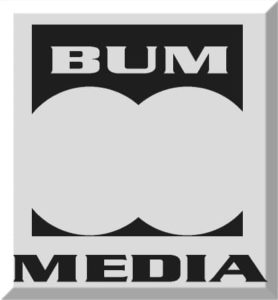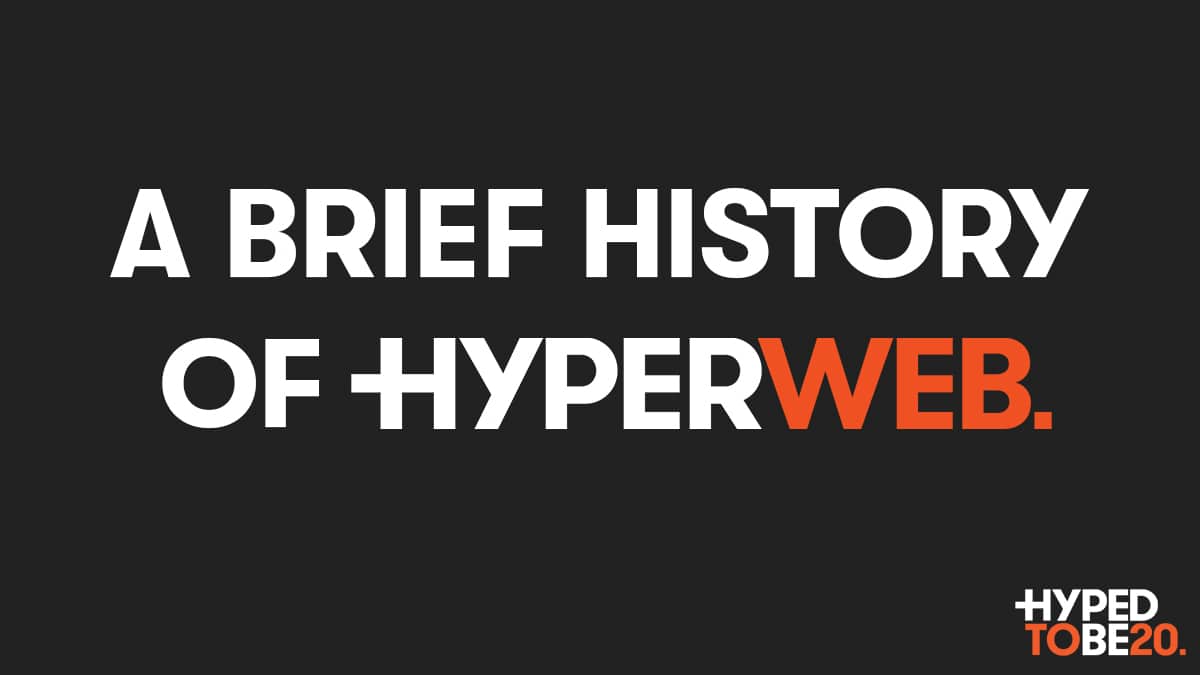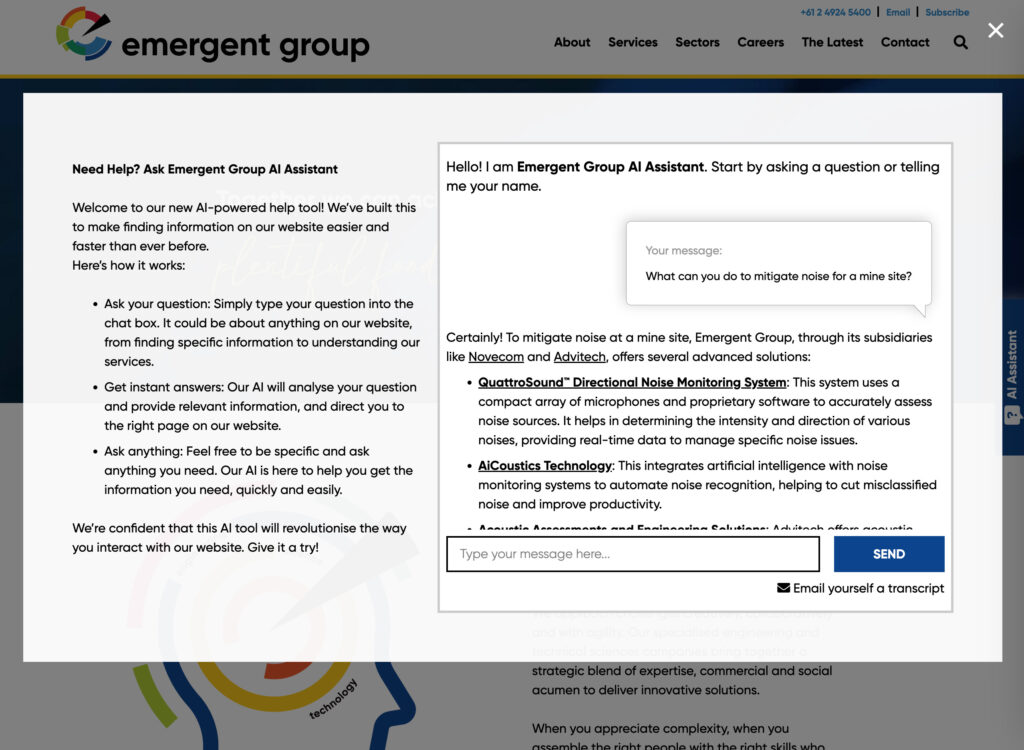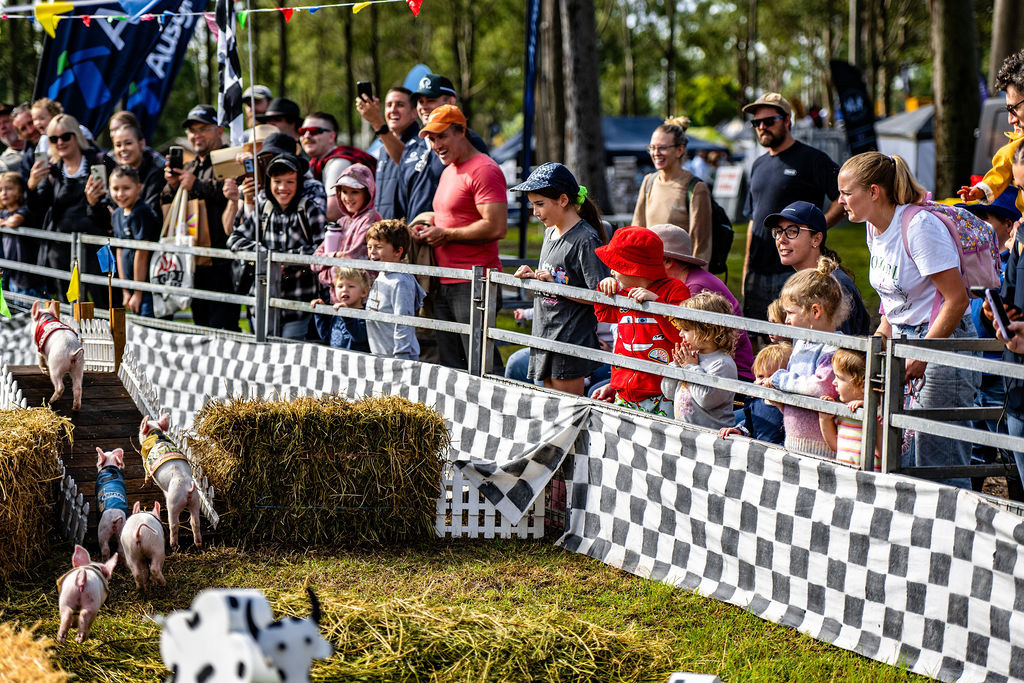By Founder, Brendan Brooks.
A BRIEF HISTORY OF HYPERWEB
The year was 1999, and a good friend of mine owned a business organising and running team building events. Early in recognising the need to have a World Wide Web presence, he had been building his own site and asked me to help. He gave me the book “HTML4 for Dummies” and the software package Micrographx and off I went.
I taught myself the basics using Micrographx for images and Microsoft Notepad for code. Through the process, I also learnt about hosting, servers, domain names and email and realised that I could build a small business website fairly quickly – bearing in mind that back in 1999 websites were only made up of simple HTML code and images.
Around the same time, I was fortunate to get my first post-university job in admin at the Lower Hunter BEC (now Hunter Valley Hub). They had a rudimentary website a committee member had made and, once I settled in, I suggested making a few improvements and was subsequently permitted to develop a new site.
BUM MEDIA WAS BORN (YES, BUM)
Backed with a little more confidence, I registered my first business name – that’s right, HyperWeb wasn’t always HyperWeb – and in early 2000, BUM Media was born. Yes, BUM. The name was inspired by the Sydney music scene street magazine Drum Media and because of something that occurred in my then day job at the BEC.
The story goes like this: I was designing a display ad for the local, regional newspaper. I had a cartoon of a person getting kicked in the bare behind with the tagline “Give your business a boot in the bum, come and see the BEC.” I was pretty proud of it. It would grab attention, was light-hearted, and had a strong call to action.
My boss at the time, however, was not as impressed. I quote “You’ll never have a bum in an ad”, or something along those lines. So I was determined to prove her wrong and used the word in my business name.
As an aside, that organisation later paid a Sydney consultant many thousands of dollars for what looked like clipart of a bee, and the tag line “Be a busy bee with the BEC”. I’ll leave it for you to decide which would have been more effective.
 Acknowledging it was a kind of silly name, I retro-fitted an acronym: Business Ultimate Marketing. I whipped up a logo, developed a website, had it hosted by the first hosting company I used – Nobbys Net (for those with long local internet memories) – and away I went.
Acknowledging it was a kind of silly name, I retro-fitted an acronym: Business Ultimate Marketing. I whipped up a logo, developed a website, had it hosted by the first hosting company I used – Nobbys Net (for those with long local internet memories) – and away I went.
EXPLOITING THE DAY JOB
Thankfully, the BEC saw two opportunities in this. Firstly, they could keep me interested beyond what my meagre admin salary could achieve. Secondly, there was a potential dollar in it. It was therefore agreed that I could work on websites and the BEC could market this capability (though not the name) as a service for a share of the proceeds.
This opportunity gave me exposure throughout the Lower Hunter, and some of my first websites were for accommodation providers and wineries. Many had good local membership we could market the service to.
My motivation at this point was equity. I understood what I could produce and what kind of time and resources were involved. I also saw what businesses were paying for websites in those days. There was a huge discrepancy.
Because of this, I wanted to help businesses in this area – my local area – compete with their more well-heeled competitors online in an affordable way.
My first commercial website was what we would now call a “start-up”. But in those days we called them new businesses. The business sold computers, accessories and software online. Up until then, my knowledge was only in HTML. However, I took the project on, reversed engineered some Perl code and managed to build a flat-file database-driven, online store. Not a bad start to my commercial website development career.
I also came up with the idea of regionally promoting my home town. In those days, town portals were becoming a thing – Byron Bay and Launceston were two that I was aware of. So, I proposed the idea to the Kurri Kurri Chamber of Commerce, and Kurri Kurri Online was born. The site promoted local attractions, included a business directory and was picked up by a web-industry magazine as a site of the month.
Working at the BEC and developing small business websites gave me the opportunity to absorb and observe plenty about small business and the transitioning economy. I also learned a lot about running a business and navigating all aspects of the business environment.
FROM BUM TO HYPERWEB COMMUNICATIONS
After leaving the BEC, I took up a position with Port Stephens Council. The role was in a business unit which helped the community and businesses access and learn to use digital technology. The Council allowed me to keep my business going, provided it was in my own time, and I complied with the relevant policies.
By the mid-2000s, the business was ticking along nicely in the background, mainly supporting existing clients while I concentrated on my day job, travelled, and got engaged and married.
In 2003, I knew it was time for the name B.U.M. Media to go. So, after playing with a few different words, I came up with HyperWeb Communications, forming the new company in 2006.
After returning home from an overseas trip, I decided that my future local government career would be boosted with some tertiary education in business. So I did what was then called a Master of Business & Technology at UNSW Australian Graduate School of Business.
My thinking was that the traditional MBA was not, and will not, be sufficient for future managers. Knowledge and skills in the digital aspects of business and leadership were needed. I’ll come back to this later.
THE ARRIVAL OF CMSs + SMARTPHONES
There were two big changes I had to navigate as a business. Firstly, the emergence of more accessible content management systems (CMS) giving business owners more control over updating their website. Secondly, the arrival of the iPhone and smartphones in general.
Thankfully, I had a friend who was pretty talented at PHP development. He was able to build us CMSs so we could allow business owners to manage their own content. He designed two different kinds. One was simple, in that the pages and content placement was fixed, but the content was editable without HTML knowledge. This pre-dated the popularity of well-known content management systems such as WordPress and Mambo (Joomla). The second he developed was more complex, allowing business owners to create their own pages and sections of content.
We also developed an HTML email and list management platform, which allowed business owners to add their own content within a developed template to suit their brand. They could also send emails to their database.
 By 2010, however, the features and constant development in the open-source content management systems became too hard to resist. We simply didn’t have the time and resources to keep our own systems up to date with the ever-changing browsers and devices.
By 2010, however, the features and constant development in the open-source content management systems became too hard to resist. We simply didn’t have the time and resources to keep our own systems up to date with the ever-changing browsers and devices.
LEVELLING UP TO FULL-TIME
That same year, I was working in economic development and tourism, and the business was bubbling underneath threatening to boil. I set myself a career ultimatum. If I were successful in gaining a permanent senior management role in local government, I would wind the business up entirely to get some work-life balance. If not, I would give the business a proper go.
The latter is what eventuated and, in 2011, HyperWeb was, for the first time, my full-time concern. I guess this is more the “birth” milestone. However, starting here ignores the experience of the previous 11 years and the shift in website development and the digital world.
At this stage, HyperWeb operated out of a home office, with my wife Carolyn joining in 2014 to put her software development skills to work. I also had the help of a few sub-contract developers to assist with the workload and for online applications requiring more advanced development skills.
In 2016, another fork in the road moment arose. I was so busy was the business that I could no longer keep up the hours with two young children at home. I had to either start managing the workload around life or grow the business.
Finally, with great help from our accountants and advisors at Growthwise, we decided to find office space and invest in our first full-time employee. This decision changed everything.
NEW PREMISES, TALENT + IDENTITY
Up until this point, I was responsible for almost all the front-end development work. To grow, the business needed an injection of fresh design and development talent to lift our quality of work to the next level to survive.
We moved into our current office space in Newcastle West and advertised for a full-time front-end developer. We were lucky to find Jessica Moulton, who immediately impressed us with her eye for effective design, dedication to tasks, and speed of delivery. Equally important is that she fitted in very well working with a husband and wife team.
 I was never overly keen on the name HyperWeb Communications and felt another rebrand would be advantageous. Especially as the level of projects and clients approaching us was levelling up again. I toyed with shortening the name to HyperWeb but wasn’t wedded to it either.
I was never overly keen on the name HyperWeb Communications and felt another rebrand would be advantageous. Especially as the level of projects and clients approaching us was levelling up again. I toyed with shortening the name to HyperWeb but wasn’t wedded to it either.
To help us get it right, I decided to bring in a third party expert and keep myself at arm’s length, giving the team the freedom to help us identify who we are, what our values are and why we do what we do. Thanks to the vision of local creative agency, Ronnoco, our current brand and logo were developed.
OUR AWARD-WINNING GROWTH
As the quality of our work lifted, the business grew. We won some significant projects which required broader skills and a need to increase our capacity. Luke and then Wade joined the crew, and our now five-strong team were involved in some large and award-winning projects.
With the emergence of EDMs and social media, we added digital marketing to our list of services. As was the case with development, in the beginning, the digital marketing side of things fell on me. We, therefore, decided to expand the team and our capabilities by offering employment opportunities to University of Newcastle (UON) business students.
This brings us to now, where our team also includes front-end developer Andrew, and marketing and admin officer Lauren.
And that’s the story of HyperWeb to date. It’s a fairly standard tale of the growth of a small business. We’ve been lucky enough to have plenty of support from family, friends, long time clients, and organisations, for which I’m incredibly thankful.
What’s next for us? Time will tell. But if our past is any indication of the future, we’ll be around for a good while yet, working hard to contribute to our client’s business success.




